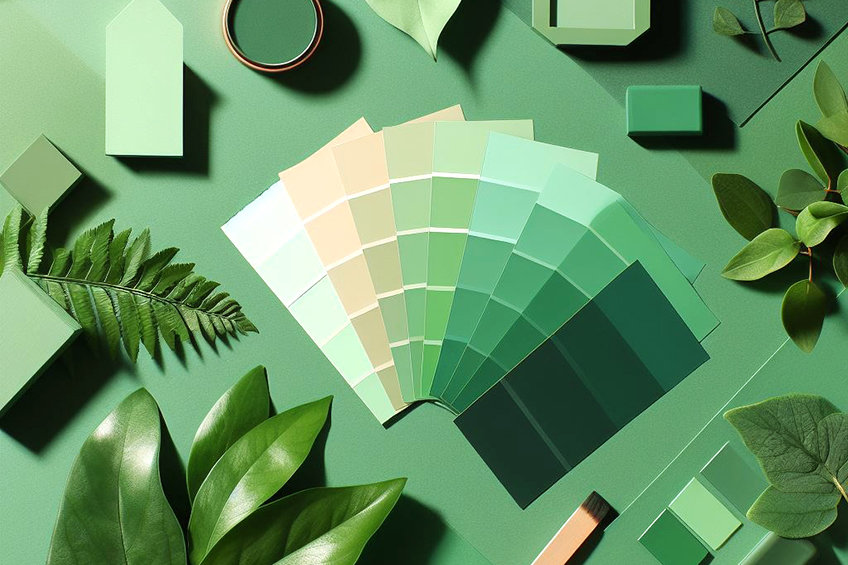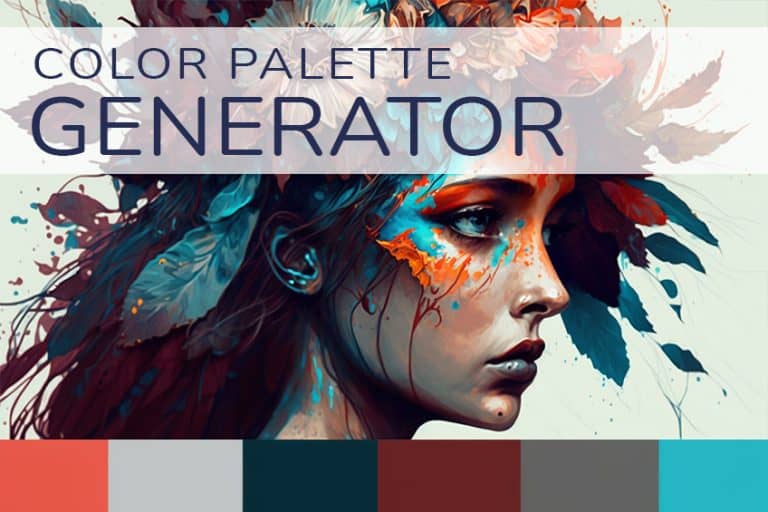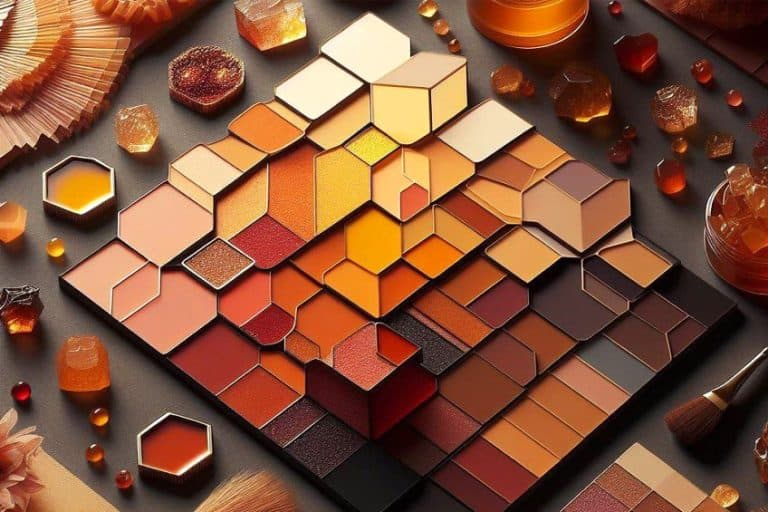Meaning of the Color Green – From Renewal to Growth
When it comes to the meaning of colors, each person might have a different perception of a specific color. Green, for instance, can be seen as refreshing or it can bring to mind feelings of nausea and disgust. When it comes to colors, including green, it is not just an individual experience; it can also have cultural influences. To get a more comprehensive understanding of the meaning of the color green, let us take a closer look at this popular color below!
Table of Contents
- 1 Meaning of the Color Green
- 2 Psychological Meaning of the Color Green
- 3 Personality Traits Associated With the Color Green
- 4 Physical Effects of Green on the Body
- 5 The Color Green in Different Cultures
- 6 Meaning of the Different Shades of Green
- 7 Is Green a Chakra Color?
- 8 Interesting Phrases, Idioms, and Famous Quotes About the Color Green
- 9 Some Fun Facts About the Color Green
- 10 Frequently Asked Questions
Meaning of the Color Green
| Shade | Hex Code | CMYK Color Code (%) | RGB Color Code | Color |
| Green | #00ff00 | 100, 0, 100, 0 | 0, 255, 0 |
We are going to first look at the general meaning of the color green. Most consider green to be refreshing and revitalizing. However, green can also be cooling and calming because of its connection with nature. When you think of green, images of forests and green grassy hills might come to mind.
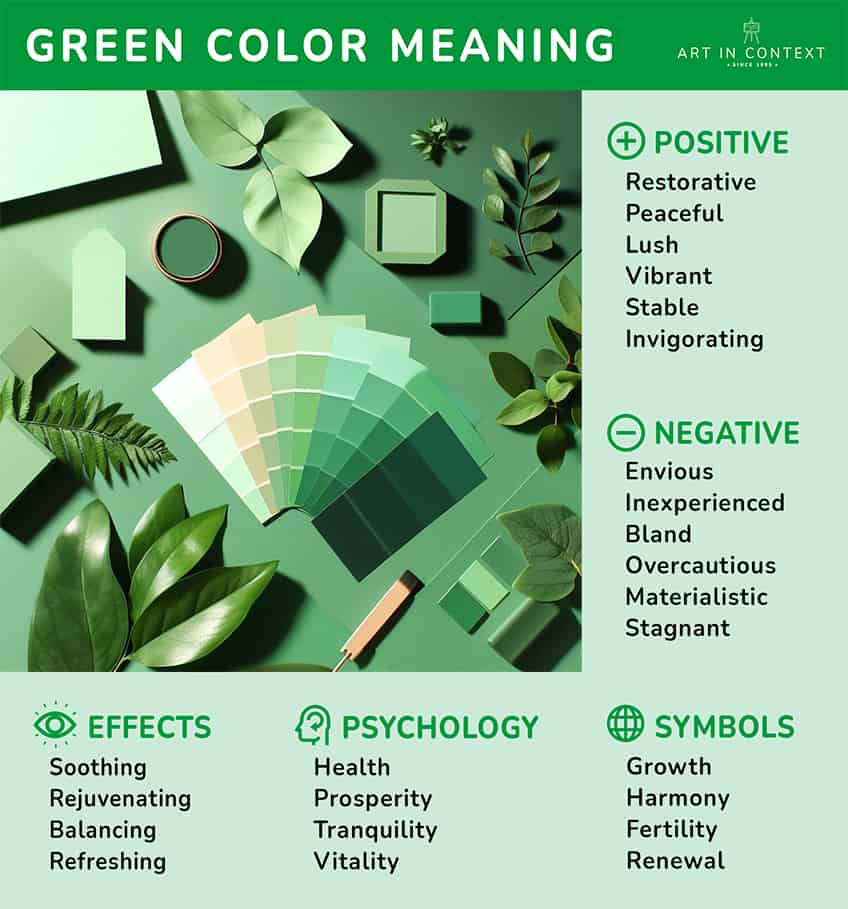
Green is also associated with healing, balance, renewal, abundance, and growth. Green can be described as a combination of yellow and blue, both colors add to the overall meaning of green. Green is a little bit of yellow, which is energizing, while blue is calming. However, there are also a few negative traits of green, which you can see listed below.
Positive Traits of the Color Green
- Growth
- Renewal
- Refreshing
- Balance and harmony
- Abundance and prosperity
- Generosity
- Healing
- Calming
- Fertility
- Hope
- Vitality
- Rebirth
Negative Traits of the Color Green
- Nausea
- Envy
- Greed
- Selfishness
- Disease
- Materialism
- Critical
Psychological Meaning of the Color Green
What does the color green symbolize? The abundance of nature is evident in the various shades of green you can find all around you. Green is most often associated with nature, such as plants, grass, and leaves. So, naturally, green is also seen as being calm, peaceful, and refreshing. Nature and green also relate to growth, abundance, rebirth, renewal, and harmony. The color green can also be a symbol of materialism, as often the color of money is also green.
Green Is Healing
Green is often associated with health as it is a symbol of vigor and life, representing optimum well-being. Many pharmaceutical companies and other health-related businesses often use the color green for this very reason. Wellness products and spa resorts are also often associated with the color green as green can help consumers feel calm, hopeful, and safe.

Since green is so closely linked to nature, it is typically relaxing and cool, but also revitalizing. This dual effect can be used to help balance the emotions. Green color wavelength is easy to detect by the eye, so it is a restful color to look at and is often used to help improve concentration and creativity.
Green and Fertility
The color green represents youthfulness and fertility. Consider spring, rain, and new life, all associated with green. In the past, during the Middle Ages, green was a color associated with love and good fortune. Single, marriageable women wore green as well as pregnant women, who were hopeful for a safe and healthy birth.
Today, green is the color used to bring awareness to infertility, which also brings hope, growth, and renewal.
Green Is Motivating
As we have mentioned, green is a relaxing color, however, it can also be energizing and revitalizing. Green can help to motivate and inspire creativity. The color green is often related to success, ambition, and achievement, whereas red is often associated with failure and caution. You can easily use green in an office space to help motivate employees, helping to keep them relaxed and focused.

Green Is Positive
The color green has many positive emotional connections, it is spring, growth, and renewal, among others. This positive association can be used to aid with concentration, learning, and memory. Green, in many cases, is also seen as a type of good luck color.
So, when certain people are exposed to the color, it can evoke feelings of hope and decrease feelings of fear and anxiety.
Green Spiritual Meaning
The spiritual meaning of green is closely related to many of the positive traits of green. Green implies vibrant health, renewal, and rebirth, and is strongly connected to life. If you notice the color green more often, even in your dreams, it might indicate that you are going to experience something new in your life, discover new skills, and grow as a person.

Green Is Greedy
Often green can be associated with envy and greed, because of its link to the color money. Other negative connotations include associating certain shades of green with illness and feelings of nausea. Green is also often linked to stagnation and decay.
Certain shades of green also produce feelings of disgust and horror, which is why it is often used in scary movies.
Personality Traits Associated With the Color Green
Is the color green your favorite color? People who love green can exhibit certain personality traits. Remember that a person does not only have a single-color personality but usually has a little of all the other colors as well. It is just that some colors and personality traits will dominate. In the case of green, they often pay attention to personal growth, and they are creative and compassionate people.
Green personalities often choose careers in the healing field, for example, doctors or therapists. They love nature and are family-orientated, offering loyalty, love, and respect. They are also considered generous and practical.
They also tend to be calm, logical, and analytical, which can make them great leaders. Often, they like to be in charge of things and do things their own way, which can sometimes be seen as being overbearing. This can also make them appear antisocial and stubborn. They pursue knowledge and are always asking questions and seeking answers, so they will make excellent researchers.
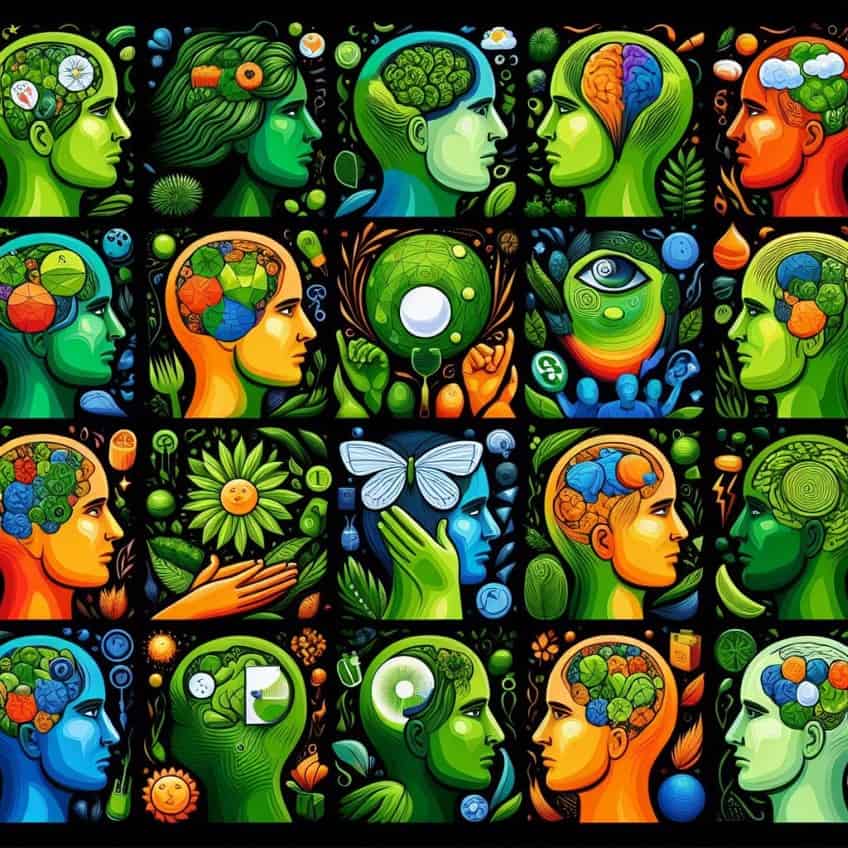
However, green personalities are also independent, intelligent, dependable, and considerate. Since they are quite creative, they adapt easily, can think outside of the box, and easily grasp abstract concepts. When dealing with issues, they tend to hide their feelings and thoughts.
Physical Effects of Green on the Body
Each color has a certain color wavelength, and green is about 500 to 570 nanometers. This puts it somewhere in between the longest wavelength color, which is red, and the shortest, which is violet. Being on a shorter wavelength, green is calming and easy on the eyes. This makes green ideal for helping to improve focus and concentration.
Since green has such a strong connection to nature, simply including it in your surroundings can help to relieve stress, which helps to calm both the mind and body.
This can then aid in lowering blood pressure, and it can help ease anxiety, depression, and nervousness. This is why many medical facilities use green for their interior designs. Some even say that green light can help stimulate the pituitary gland, which controls certain hormones in the body.

This can help to relax muscles and improve other functions in the body, ultimately, providing a calming, stress-relieving, yet invigorating experience. This is why it is so important to get back to nature and enjoy outdoor walks, where you will naturally be surrounded by green.
You can also add more natural greenery around the home and office.
The calming effects of green have also been used in the filming industry, where television show guests are placed in the “green room” before going on air. Green is said to help relax the person, reduce anxiety, and improve focus. Other issues that the color green can help with include some of the below.
- Helping to relieve headaches
- Easing digestive issues
- Helps relieve insomnia
The green leaves of peppermint come to mind when you need help with headaches. There are numerous other ways you can benefit from the healing power of green. Consider adding more green to your wardrobe, including more green foods in your diet, and creating a green color palette for your home.
The Color Green in Different Cultures
What does the color green symbolize in other countries? The color green has many similar meanings around the world, such as being associated with nature. Green is also a common color used in highlighting global environmental awareness, and most traffic lights around the world have green as an indicator to go.

In Western cultures, green is a symbol of money, spring, freshness, and greed, and is often a color you see during the festive Christmas period. However, green can also mean something different, so let us have a look at what green means in other cultures.
- Ireland: Green is the national color in this country and is mostly associated with good fortune, luck, Saint Patrick’s Day, leprechauns, and shamrocks. Green also has an association with deceit and magic.
- Eastern Cultures: Green is associated mostly with new beginnings, life, fertility, immortality, health, prosperity, luck, and youthfulness.
- China: Here, green is similar to the above, however, a man wearing a green hat is frowned upon, as it can be an indication that his wife is cheating on him. So, green is a sign of infidelity.
- Indonesia: Here, green has negative associations and is considered a forbidden color that represents infidelity and exorcism.
- Mexico: After gaining independence, Mexico selected green as the color for their national flag.
- South America: In most South American countries, green is the color of forests and can symbolize death.
- Japan: The color green in this country symbolizes immortality.
- Middle East: In various Middle Eastern cultures, green is a symbol of religion and is a sacred Islamic color. It is believed that the favorite color of the Prophet Mohammed was green.
Meaning of the Different Shades of Green
| Shade | Hex Code | CMYK Color Code (%) | RGB Color Code | Color |
| Lime Green | #32cd32 | 76, 0, 76, 20 | 50, 205, 50 | |
| Forest Green | #0b6623 | 89, 0, 66, 60 | 11, 102, 35 | |
| Olive Green | #708238 | 14, 0, 57, 49 | 112, 130, 56 |
There are many shades of green, some brighter and lighter, and others darker or muted. All of them have similar meanings, however, the various shades can also have a few associations that are unique to them. Pale greens are more relaxing and peaceful, while more vibrant greens have more energy. Darker greens can provide more sophistication and are associated with wealth and abundance. You can see below a few examples of the different shades of green available.
Lime Green
This shade of green is bright, happy, and energetic, and is associated with spring and rebirth. The color can be described as yellow-green and is named after the lime fruit. Lime green can also represent confidence, nature, freshness, and liveliness. It is a high-energy color that can help to inspire creativity and imagination.
To help temper the vibrant color, you can pair it with neutrals like white, gray, or even black. Lime green will stand out beautifully when paired with shades of pink, red, and purple.
Forest Green
As the name implies, this green represents the trees, forest, and nature. This is a darker shade of green that is associated with growth, freshness, ambition, and wealth. It can also represent greed and envy. Forest green is often used in various designs due to its close association with the environment. To help forest green stand out more, consider pairing it with a shade of red. However, be careful with these two colors as they can easily represent a Christmas theme.

Olive Green
Olive green is a more subdued shade of green, with yellowish undertones. The color name comes from the olive fruit and is associated with elegance, peace, tranquility, insight, empathy, and earthiness. Olive green can also represent wisdom, compassion, harmony, and self-love. The color has been associated with camouflage, which is related to the army. This, in turn, can evoke feelings of strength and character. To create contrast, pair olive green with complementary hues, such as shades of red or violet.
To create a more earthy and natural look, consider matching it with neutrals like gray, white, or brown. Olive green also pairs beautifully with darker blues like navy.
Is Green a Chakra Color?
Colors often play a role in religious belief systems, such as the chakras. These are energy centers that are located in the body and connect the mind, body, and spirit. If the chakras are obstructed, it can cause various physical and emotional problems. The chakras are in line down the body, following the spine, beginning at the root chakra, and leading up to the crown chakra. There are seven key chakras and each of these chakras has a corresponding color, for example, the root chakra is red, and the crown chakra is violet.
Just like green is in the middle somewhere when looking at color wavelengths and the colors of the rainbow, it is also located in the middle of the chakras. Green forms part of the heart chakra, which is found in the central chest area.
This means that green is also linked to the heart, circulatory system, lungs, and the entire cardiac plexus. So, green can bring healing to these areas if needed. The green chakra helps with providing a general feeling of well-being and represents renewal and growth. The color also represents love and compassion and can evoke feelings of empathy. It also forms a connection with the physical and spiritual world.
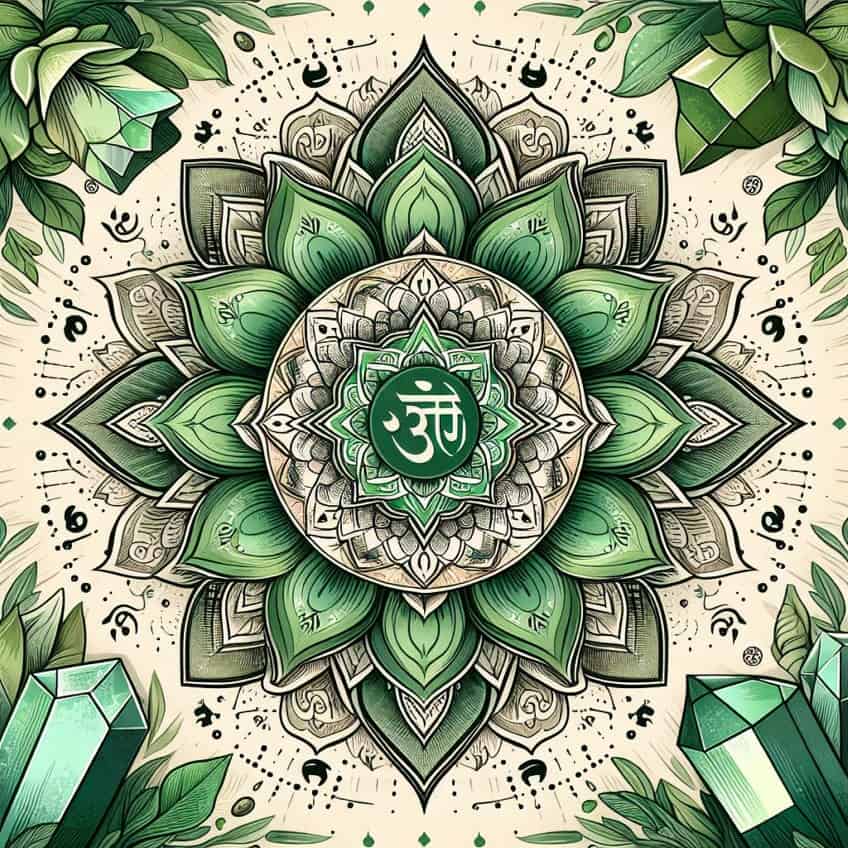
If this chakra gets blocked, it can form feelings of distrust and can produce a lack of empathy. There can also be a sense of being disconnected, which can manifest as loneliness, selfishness, and jealousy. It may contribute to the inability to receive and give love.
There are various methods of opening a blocked chakra, for example, you can try meditating or yoga.
You can also exercise, eat right, and use colored gemstones. Consider wearing more green clothes and surrounding yourself with the color green. Opening up this chakra can help you to experience more compassion and empathy. Some of the gemstones you can use include emerald, malachite, rose quartz, tourmaline, and aventurine.
Interesting Phrases, Idioms, and Famous Quotes About the Color Green
Green is a popular color and has quite a few well-known idioms and quotes. Many of the sayings are directly related to the meanings of the color green, which makes it a very expressive color to use. We will now consider a few general examples.
Phrases and Idioms About the Color Green
Some of the more familiar idioms include the color green. You have most probably heard about having a green thumb or fingers, which means that a person is natural at growing flowers and plants. Another popular idiom is the saying, “green with envy”, which means that a person is jealous of another’s good fortune. Another way of saying this is to refer to the “green-eyed monster”. Below are a few more popular green idioms.

- Green around the gills: This is a way of referring to someone who is looking ill and feeling nauseous.
- Getting the green light: When you get the go-ahead for a project, you have the “green light”.
- Eating your greens: This is more of a saying that refers to eating your vegetables.
- Going green: Today, there is a lot of emphasis on being eco-friendly and recycling.
- Greenhorn: This is someone who is naïve or inexperienced.
- Evergreen: When something is considered timeless or popular and remains in style.
- The grass is not always green on the other side: It is not always better to move or change something, and it is best to stick with what you have.
- Green-collar worker: Someone who is employed by an environmental business, where the aim is to improve sustainability and conservation.
- Greenbelt: An area of grass or green land that sits between towns and is there to prevent urban sprawl. The space is kept permanently open, with no developments allowed.
A Few Famous Green Color Quotes
Many celebrities and famous personalities have also left their mark by providing green quotes. We have gathered a few inspiring quotes that we hope you will enjoy. Green is after all the color of hopefulness and healing.
- “It’s not easy being green” by the well-known character and puppet Kermit the Frog.
- “Green fingers are the extension of a verdant heart” by the British garden designer and architect Russell Page (1906 – 1985).
- “Dark green is my favorite color. It’s the color of nature and the color of money and the color of moss!” by the actor Leonardo DiCaprio (Born 1974).
- “Even in winter, it shall be green in my heart” by the Polish composer Frederic Chopin (1810 – 1849).
- “It’s good to touch the green, green grass of home”, lyrics sung by Tom Jones (Born 1940).
- “Forty Shades of Green” is the title of a song by Johnny Cash (1932 – 2003), about the landscape of Ireland.
Some Fun Facts About the Color Green
There are many interesting facts about the color green, for example, Ireland is known as the “Emerald Isle” because the countryside is always abundantly green. Let us consider a few more fun facts about green.
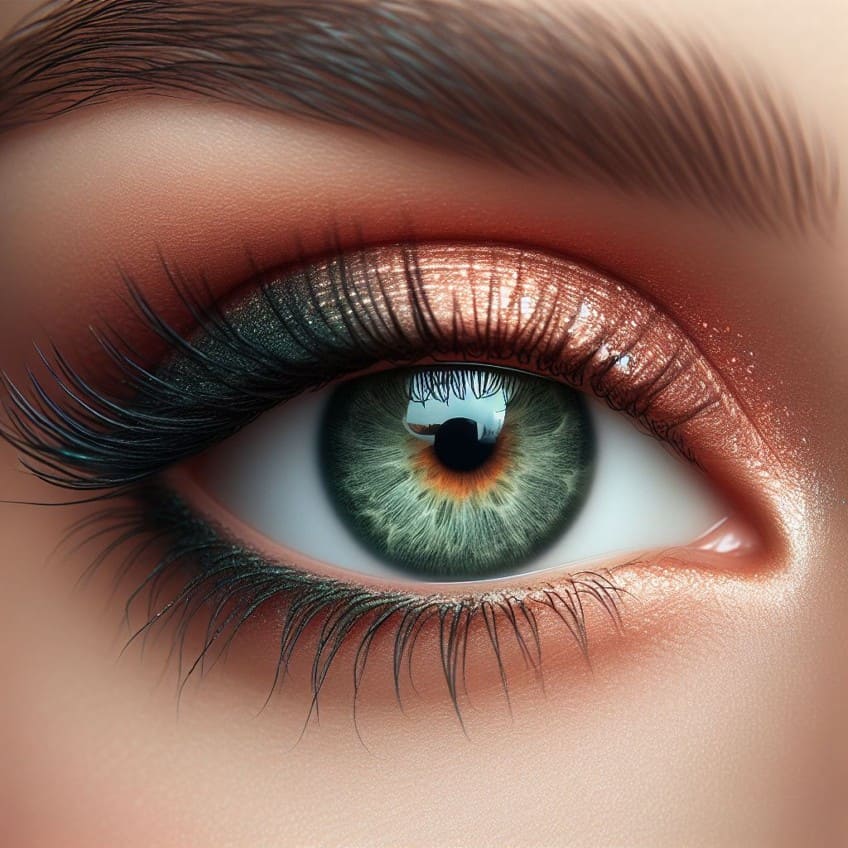
- Many believe that Napoleon Bonaparte died because of toxic poisoning from a green pigment known as Scheele’s green. The pigment was in his bedroom wallpaper.
- During the Elizabethan era (1558–1603), brides from the middle to lower class often wore green wedding gowns.
- Night vision goggles use green, as the eye is most drawn to the color, and can distinguish multiple shades of green.
- Green was a hallowed color to the Ancient Egyptians. The color was a symbol of spring, hope, and life, and many of the temple floors were green. However, green was also associated with the afterlife as Osiris, the god of fertility and death was depicted with green skin.
- Green eyes are an illusion as there is no green eye pigment. It is a blend of yellow and light brown, and the scattering of light colors, which we perceive as green. It is a very rare eye color.
- The leaves on trees and plants are green because of a substance known as chlorophyll.
As we have learned, green is the color of nature, growth, renewal, and health. This cool color is both calming and energizing, providing a balance between the two. Green is mostly seen as a positive color, which makes it the second most well-liked color in the world after blue. It is also a trendy color in the fashion and interior design sectors, and a versatile color choice in web design.
Frequently Asked Questions
Is Green a Confident Color?
Green is a color that is soothing and serene and brings confidence through its good nature and its reassuring way of making things feel better. It is a color of safety and reliability that also instills a sense of confidence.
Can Green Help Reduce Fear?
The color green is relaxing and calming, which invites harmony and tranquility that helps to ease anxiety. So, green can help reduce fear by playing a soothing and reassuring role.
What Does It Mean If Someone Wears Green?
If you love the color green and it fills your wardrobe, it might say something about your personality. Green is a popular fashion color that can have a positive impact on your mood, not only for the person wearing green, but also for those who see you in green as well. Wearing green also portrays a sense of calm and trust.
In 2005, Charlene completed her Wellness Diplomas in Therapeutic Aromatherapy and Reflexology from the International School of Reflexology and Meridian Therapy. She worked for a company offering corporate wellness programs for a couple of years, before opening up her own therapy practice. It was in 2015 that a friend, who was a digital marketer, asked her to join her company as a content creator, and this is where she found her excitement for writing.
Since joining the content writing world, she has gained a lot of experience over the years writing on a diverse selection of topics, from beauty, health, wellness, travel, and more. Due to various circumstances, she had to close her therapy practice and is now a full-time freelance writer. Being a creative person, she could not pass up the opportunity to contribute to the Art in Context team, where is was in her element, writing about a variety of art and craft topics. Contributing articles for over three years now, her knowledge in this area has grown, and she has gotten to explore her creativity and improve her research and writing skills.
Charlene Lewis has been working for artincontext.org since the relaunch in 2020. She is an experienced writer and mainly focuses on the topics of color theory, painting and drawing.
Learn more about Charlene Lewis and the Art in Context Team.
Cite this Article
Charlene, Lewis, “Meaning of the Color Green – From Renewal to Growth.” Art in Context. February 6, 2024. URL: https://artincontext.org/meaning-of-the-color-green/
Lewis, C. (2024, 6 February). Meaning of the Color Green – From Renewal to Growth. Art in Context. https://artincontext.org/meaning-of-the-color-green/
Lewis, Charlene. “Meaning of the Color Green – From Renewal to Growth.” Art in Context, February 6, 2024. https://artincontext.org/meaning-of-the-color-green/.


